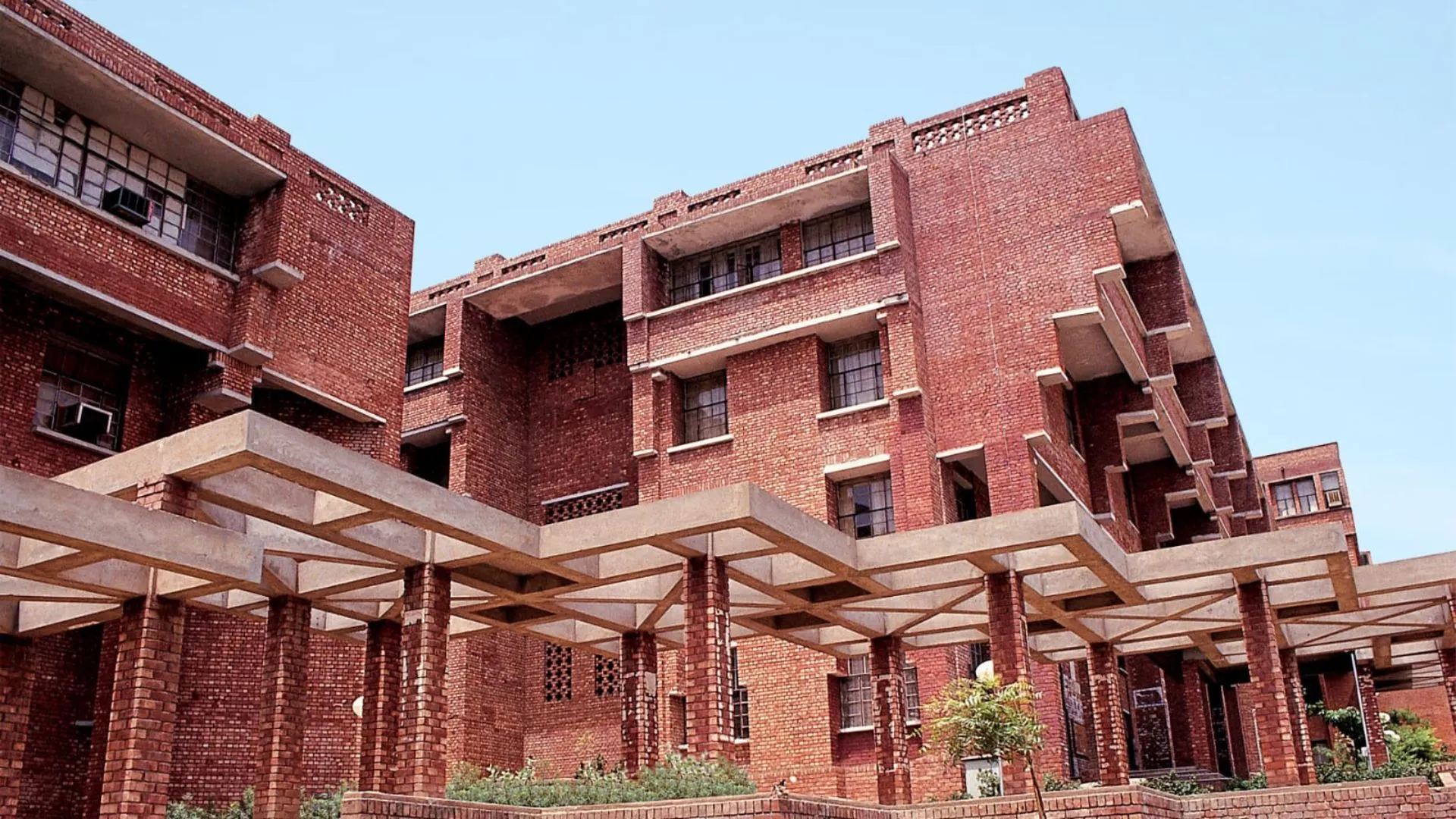When Chhattisgarh was carved out of Madhya Pradesh in November, 2000, the issue of a capital was high on the minds of leaders. Chattisgarh was the richest segment of MP, rich in natural resources, water, minerals and forests; yet it had received scant attention and remained ‘backward’. The newfound statehood was an opportunity to realize its potential in the new ‘India story’ that was beginning to unfold, post-liberalisation. The issue of capital, clearly, was much more profound than an issue of creating physical space for the State Secretariat.
Raipur was a natural choice for being the capital of Chhattisgarh. Traditionally, Raipur was a town known for trade and education. Bhilai Steel Plant, 35 kms to the west of Raipur had put it on the national map long ago. But the town was cluttered and re-engineering it to suit the requirements of the capital of a new, aspirational State was seen as nearly impossible, not to mention the costs and human distress involved. If there was any one word that described the mood of the people in Chhattisgarh in 2000, it was ‘new’. New State, new millennium, new aspirations, new prospects. Hence was born the idea of a ‘New Raipur’ – Nava Raipur in Chhattisgarhi – as a greenfield town. To conceptualize and drive the project, a ‘special area development authority’ in terms of the Chhattisgarh Town and Country Planning Act, 1973, was constituted. Capital Area Development Authority (CADA) was set up to execute the project.
The first challenge for CADA was to find land for the greenfield town. In consultation with CIDCO, the Navi Mumbai designer, critical parameters based on socio-economic factors, as also land development cost-benefits, were defined. For the purpose of administrative speed and convenience, a senior bureaucrat, Vivek Dhand was made the Chairman of CADA.
CADA set about its job with due speed. The capital had to possess a futuristic profile, incorporating the state-of-art infrastructure. To this end, a global tender was floated to select the most appropriate technical consultant to prepare the concept plan.
The State Government declared the 26 villages falling directly in the concept-plan and 35 other surrounding villages as ‘Capital Project Area’ under the Chhattisgarh Town and Country Planning Act, 1973. The implication of this was that the land owners could not alienate their lands, other than to CADA. The land was thus identified for the Capital Project. The whole process was kept secret, to avoid any kind of speculative buying by any vested interests.
The entire exercise of evaluation of RFPs was done in a most professional manner, assisted by CIDCO. After exhaustive evaluation, the task of preparing the Detailed Project Report (DPR) was assigned to a consortium led by Consulting Engineering Services, New Delhi. Other members included CPG, Singapore, and Darashah, Mumbai. A ‘proof-consultant’ was engaged to examine that the DPR submitted by this Consortium was in consonance with the urban development laws in force in the State.
The real challenge to good governance in a democracy lies is actually acquiring the identified land without creating heartburns of the current residents who must vacate it. Ideally, there should be no coercive action. The burden on the State exchequer must also be borne in mind. And the mission must be accomplished with optimum speed. Chhattisgarh achieved all these, and that is what lends worth to the story of Nava Raipur.
The land acquisition for comparable projects done in recent times in various States were studied to draw learning points from their experiences. The policy of Haryana Urban Development Authority (HUDA) was found to be relevant. The key features in it include the following: remunerative price for the land to be acquired is fixed by a committee headed by the Divisional Commissioner; and, instead of the average price of the past five or three years, the market price of just the preceding financial year was considered. Instead of ‘talking down’ to the affected people, it was decided to ‘talk with’ them to finalize the modalities. Instead of a one-size fits all approach, a flexible approach was adopted to ensure that the dealing was fair and realistic. Instead of blind enforcement of the Land Acquisition Law, ‘mutual agreement’ method was adopted.
The land compensation and rehabilitation package that was drawn up was very fair, yet there was the possibility of ‘crying victim’ syndrome. Hence, with the land acquisition law displayed in the backdrop, it was made clear that only such people who voluntarily accept the Policy and offer their land would enjoy eligibility for the “special benefits” of the rehabilitation package. In respect of non-consenting persons, the law under Land Acquisition Act, 1894, would take its own course.
Several meetings were held with the affected persons to arrive at a mutually agreeable price. At one stage, the affected people were asked to spell out the price they considered fair. However, when nothing seemed forthcoming, it was decided that the villagers would pick their representatives, and a direct interface of all the representatives with the Chief Minister would be organized, and his decision would be binding on both, the landowners and NRDA officers. Accordingly, a meeting was organized, where in the package was revised. The new deal included revised price for land, additional price for irrigated land, additional compensation for assets on the land, a house or house plot free for the displaced family, and a range of alternate livelihood support incentives to choose from. The big lesson herein was that an open mind, sustained interaction with the affected people and abundant patience were critical in such matters.
The total area under the Capital Master Plan was 8,511.27 hectares. Half of this was under the green cover, roads, water-bodies etc. Around 20 percent of the area was to be used for institutional purposes, including the State Secretariat and other offices. Just around 30 percent
land was earmarked for residential and commercial use. Of this, only half was to have structures, the other half was to be for roads and open spaces. The idea was to give capital a green and quiet ambience. Nava Raipur has set a high benchmark for urban development. States like Jharkhand and Uttrakhand that were carved out during the same year as Chattisgarh are still struggling to set up their capital related infrastructure. Chattisgarh, however, has showed the way under inspired political guidance and exemplary leadership of officers like Joy Oomen, Vivek Dhand (two officers that spearheaded the project in their capacity as successive Chief Secretaries of the state) and Baijendra Kumar. These officers and their committed teams demonstrated that you can make-it-happen.
Anil Swarup has served as the head of the Project Monitoring Group, which is currently under the Prime Minister’s Offic. He has also served as Secretary, Ministry of Coal and Secretary, Ministry of School Education.










